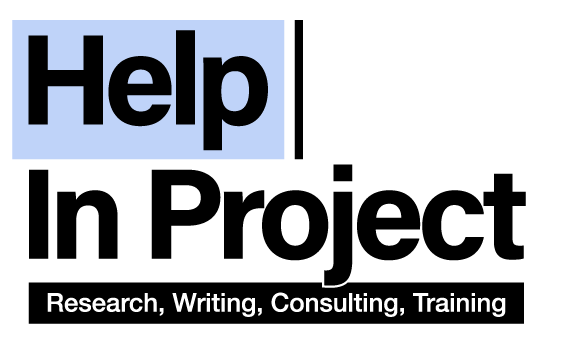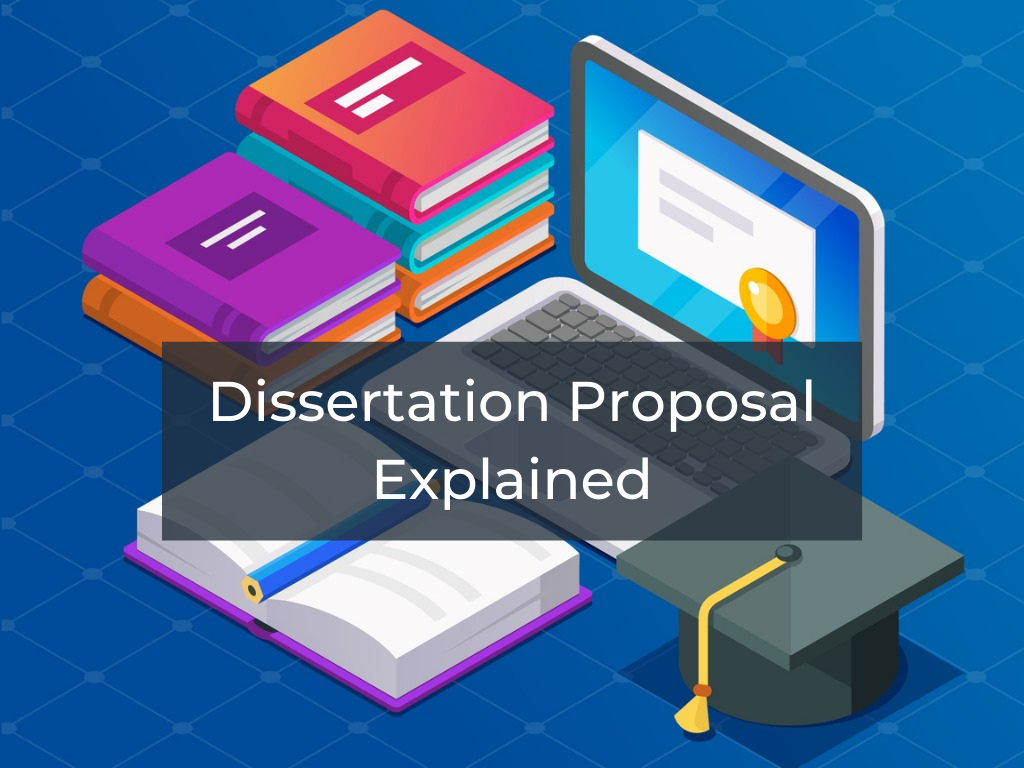A dissertation proposal clarifies the study that you wish to perform: what it is about, how you are going to execute it, and why it’s rewarding. You will most likely have to write a proposal before writing your dissertation as an undergraduate or postgraduate student.
A dissertation proposal should typically comprise:
- An introduction to your subject and goals
- A literature inspection of this present condition of information available
- A summary of your planned methodology
- A discussion of the expected consequences of this study
- A bibliography of applicable sources
Dissertation proposals change a lot concerning structure and length, so be sure that you adhere to any recommendations given to you from the organization, and consult your mentor when you are not sure.
Step 1: Idea Generation
It is crucial to think of a solid idea for the dissertation. Locate an area that interests you and also perform some preliminary research in that region. Which are the crucial concerns of different researcher?
When you have an idea, start narrowing down it and frame it in best possible manner. Idea should be clear and not vague or ambiguous -a dissertation subject has to be clear enough to be achievable.
Step 2: Present your basic idea in the introduction
Most academic texts, also a dissertation proposal, start with an introduction. Here is where you present your research topic, provide some history, and above all, mention your target aim, objectives along with research question(s).
Attempt to dive right into your final topic: What is at stake in your study/research? What makes it interesting? Do not spend too much time on generalizations or grand announcements.
Context
After your field of research is apparent, you can present more context and background. What exactly does the reader have to learn to comprehend your suggested questions? Define current state of research on your chosen topic and mention what could be your research contribution in that area.
Even if you are including literature review, do not go in detail at this point however mention what exactly you are going to be questioning.
Aims
It leads you to the very significant part of the introduction: your aim and study question(s). All these must be recognizable and stand out from text — for instance, you might present them with bullet points or even bold font.
Make sure your study questions are unique and achievable — something that you can reasonably answer over the reach of your dissertation. Avoid being overly broad or with too many different questions. Bear in mind that your aim at a dissertation proposal would be to convince the reader that your study is valuable and feasible.
Step 3: Assessing related study in the literature review
Now your subject is exact, and it is time to find current research covering similar notions. It is vital since it shows you what’s lacking from other research within the area and guarantees that you are not asking a question somebody else has already researched and answered.
Here you need to summarize the findings of different researchers and comment about differences and issues in their studies. There might be a great deal of research to cover, so make use of you intellect to mention and review them concisely.
Step 4: Explaining your methodology
Next, you will clarify your suggested methodology: the particular things you expect to perform, the arrangement of your study/research, and the techniques you will utilize to collect and analyze information.
It would help if you get very specific in this segment- you have to convince your mentor that you have thought through your strategy into the study/research and can actually perform it.
You might be engaged in much more empirical investigation, focusing on information collection and finding new info, or much more theoretical study/research, trying to create a new conceptual design or add nuance into an existent one.
Empirical research involves gathering new information and assessing it to answer your research questions. It may be qualitative (specific to data), qualitative (centered on meanings and words), or even a blend of both.
With Empirical study, it is essential to explain in detail how you intend to collect your information:
- Are you going to utilize polls? Laboratory experimentation? Interviews?
- What factors are you going to measure?
- How are you going to choose a representative sample?
- In case other men and women would take part in your study, what steps are you going to take to be sure they are treated well?
- What instruments (physical and conceptual) can you employ, and why?
It is appropriate to mention other studies here. Suppose you have to justify your selection of a specific study method or instrument by instance. In that case, you may cite a text explaining the benefits and proper utilization of that method.
Do not overdo this; however, you do not have to emphasize the entire theoretical literature, precisely what is pertinent to the decisions that you have made.
Moreover, your study/research will inevitably entail analysis of collected data. Although you do not know yet precisely what the information will look like, it is essential to understand what you’re seeking and suggest what approaches (e.g., statistical evaluations, thematic analysis) you will use.
Theoretical study
You May likewise conduct a theoretical study/research that does not involve data collection. In cases like this, your strategy section will concentrate more on the concept you intend to utilize in your dissertation: applicable conceptual models and the approach you want to take.
For instance, a literary analysis dissertation infrequently requires new data collection. However, it is still crucial to spell out the theoretical approach.
Step 5 : Outlining the potential consequences of your study
You will usually finish your dissertation proposal using a segment discussing what you expect your research to attain.
Of course, you cannot be too confident: you do not know yet precisely what your conclusions and results will be. Alternatively, you need to clarify the projected consequences.
First, think about the possible consequences of your study. Will you
- Build or examine a concept?
- Supply new advice to authorities or companies?
- Challenge a generally held belief?
- Suggest an addition to a Particular Procedure?
Describe the planned consequence of your study along with the theoretical or technical effect it’s going to have.
Step 6: Establishing a reference list or bibliography
Like any academic text, so it is crucial your dissertation proposal efficiently references each of the resources you’ve used. You have to incorporate a correctly calibrated reference list or bibliography after your proposition.
A Reference list contains only the sources you mentioned in the proposal. There are different referencing styles that can be used like APA, IEEE, Harvard style to name a few. Check with your mentor what type of reference list and style you should include.
Moreover if you require any kind of assistance Contact us now.

